The Short-tailed Albatross: A Majestic Seabird with a Remarkable Journey
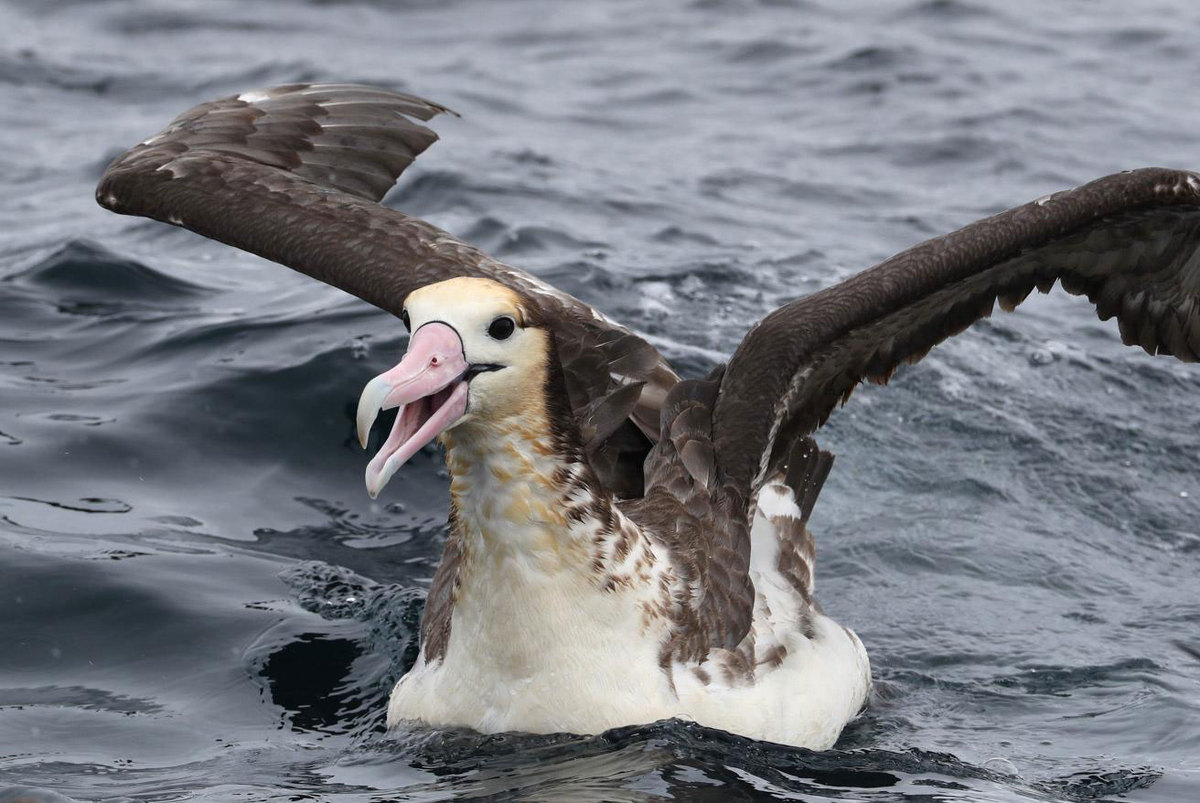
The Short-tailed Albatross, a majestic seabird with a remarkable journey, captivates both scientists and nature enthusiasts with its beauty, size, and incredible life story. Scientifically known as Phoebastria albatrus, this species is one of the largest and most iconic albatrosses in the world.
Once abundant throughout the North Pacific, the Short-tailed Albatross faced the brink of extinction due to excessive hunting for feathers and habitat destruction. By the early 20th century, the species was thought to be nearly extinct, with only a handful of individuals remaining on Torishima, a small volcanic island in Japan.
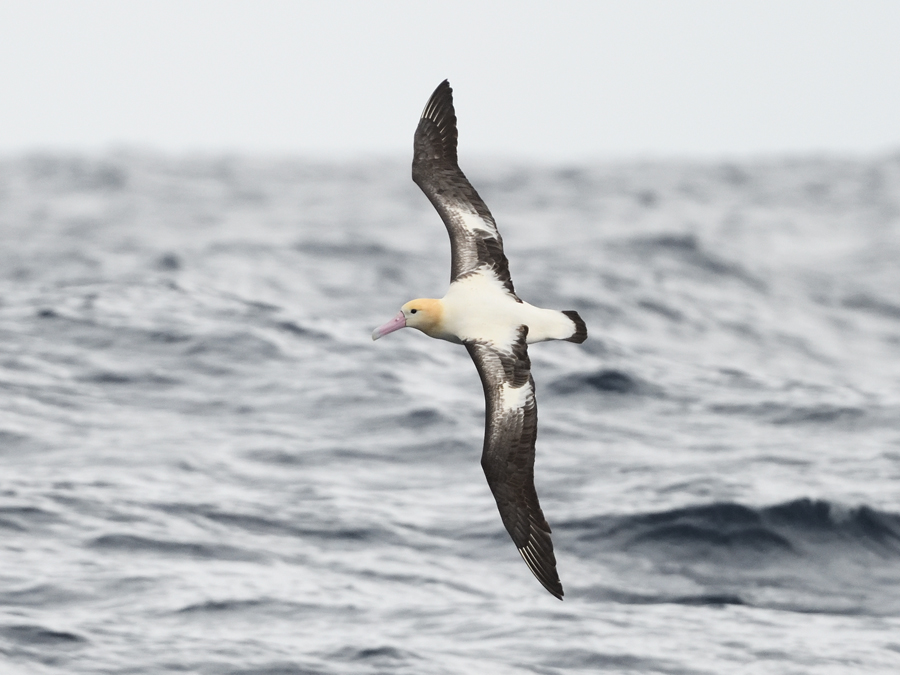
However, through dedicated conservation efforts, the Short-tailed Albatross population has shown signs of recovery. Today, the species is slowly rebounding, thanks to protection measures, habitat restoration, and international cooperation.
The Short-tailed Albatross possesses distinctive physical characteristics. It has a large wingspan, measuring up to 7.5 feet (2.3 meters), which allows it to effortlessly soar over vast stretches of ocean. Adults have a snowy-white plumage with pinkish-yellow beaks and striking pale eyes that give them an aura of elegance and grace.
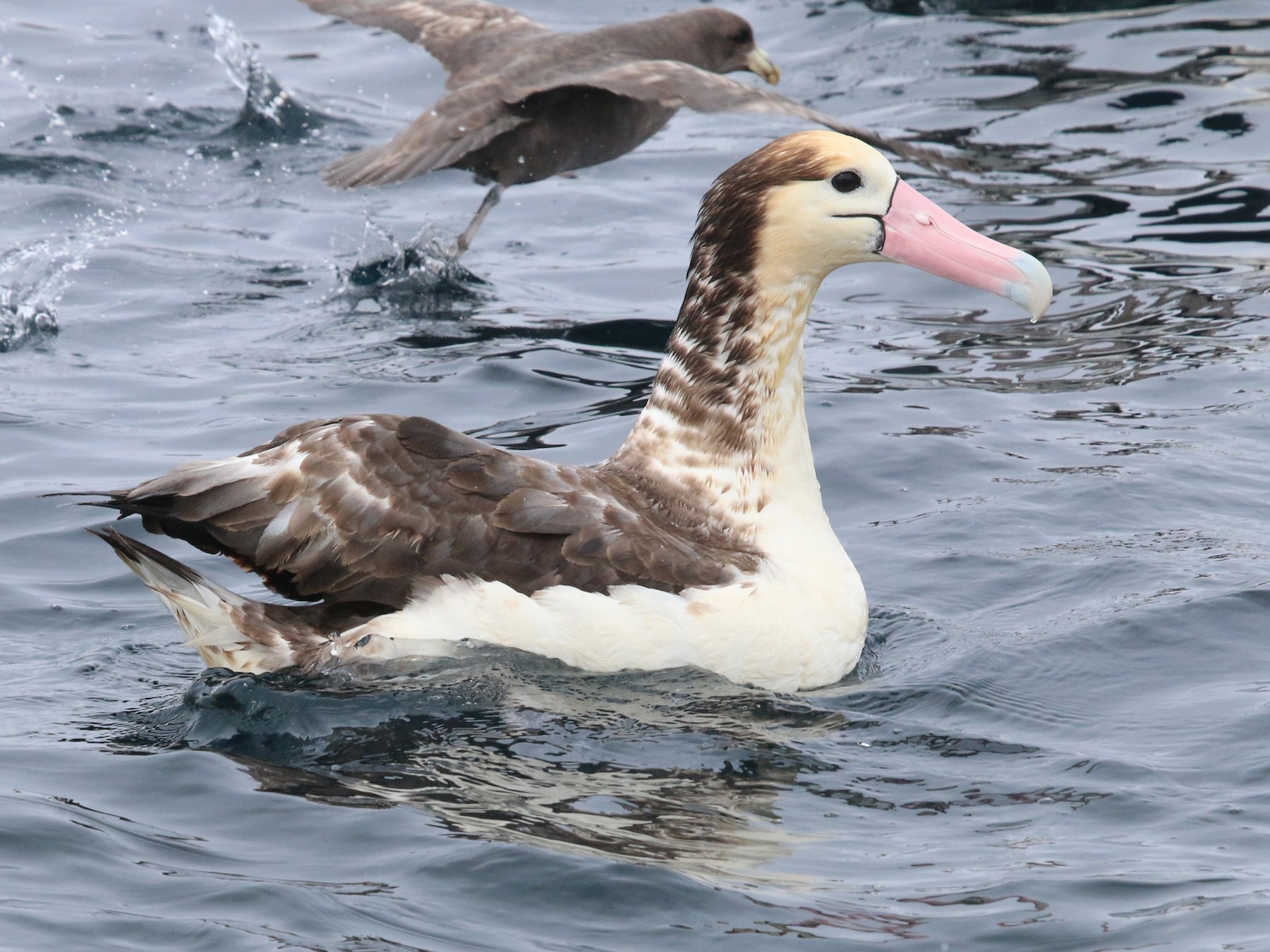
Breeding colonies of Short-tailed Albatrosses are mainly found on remote islands, including Torishima, Minami-Kojima in Japan, and the Senkaku Islands. These birds typically nest on steep slopes or cliffs, forming large colonies where they gather to breed and rear their chicks.
The life cycle of the Short-tailed Albatross is fascinating and demanding. The birds reach sexual maturity at around five to seven years of age, after which they engage in elaborate courtship displays to find a suitable mate. Once bonded, pairs engage in a lifelong monogamous relationship.
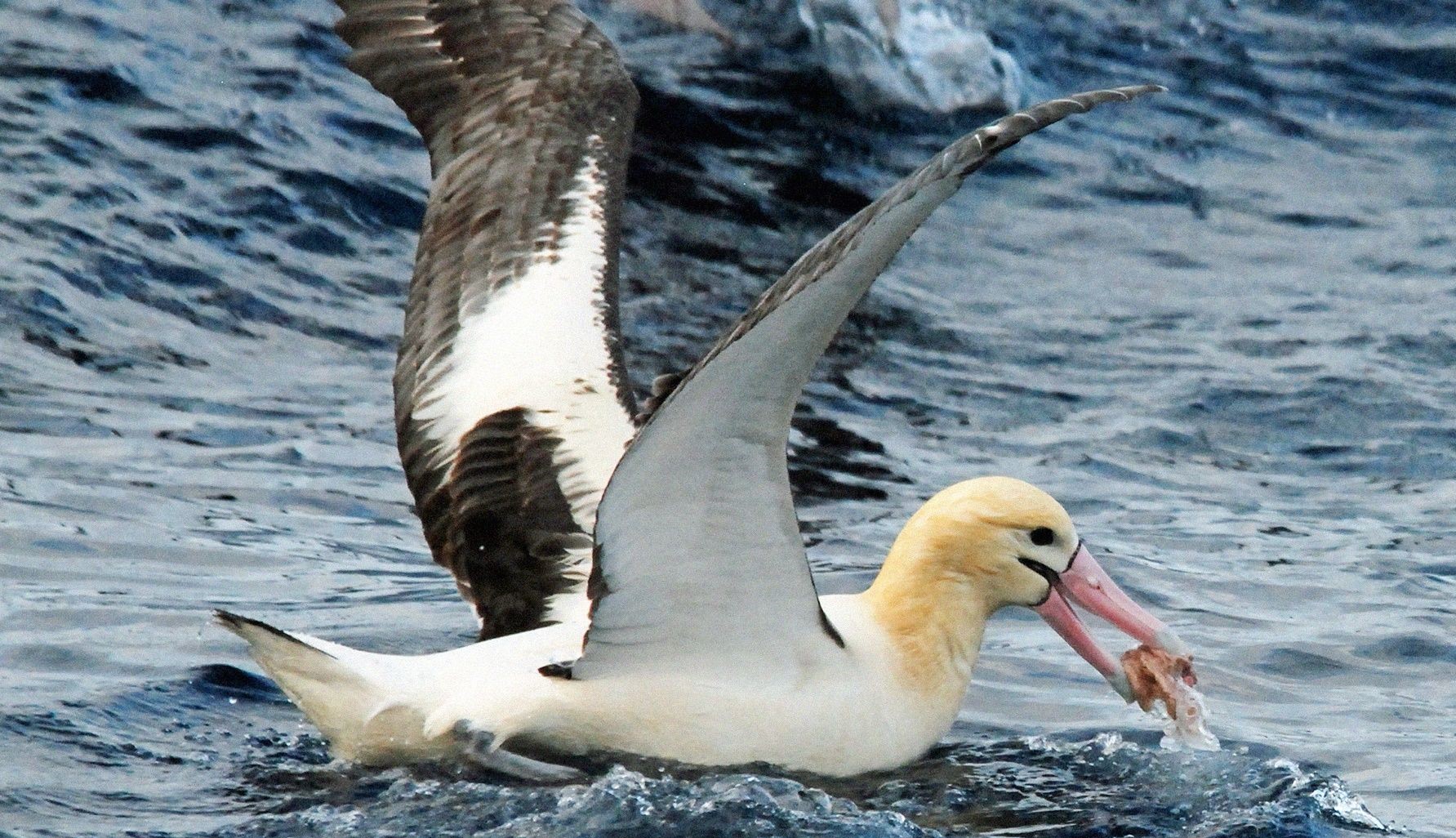
Breeding occurs every other year, with the female laying a single egg in a carefully constructed nest. Both parents share the incubation duties, taking turns to keep the egg warm. After a lengthy incubation period of around 65 days, the chick hatches, marking the beginning of an intensive parental care phase.
Short-tailed Albatross chicks grow rapidly and require a substantial amount of food. The parents undertake long foraging trips, sometimes covering thousands of miles, to gather fish, squid, and other marine organisms to feed their hungry offspring. This feeding regime lasts for several months until the chick gains enough strength and develops its flight feathers.
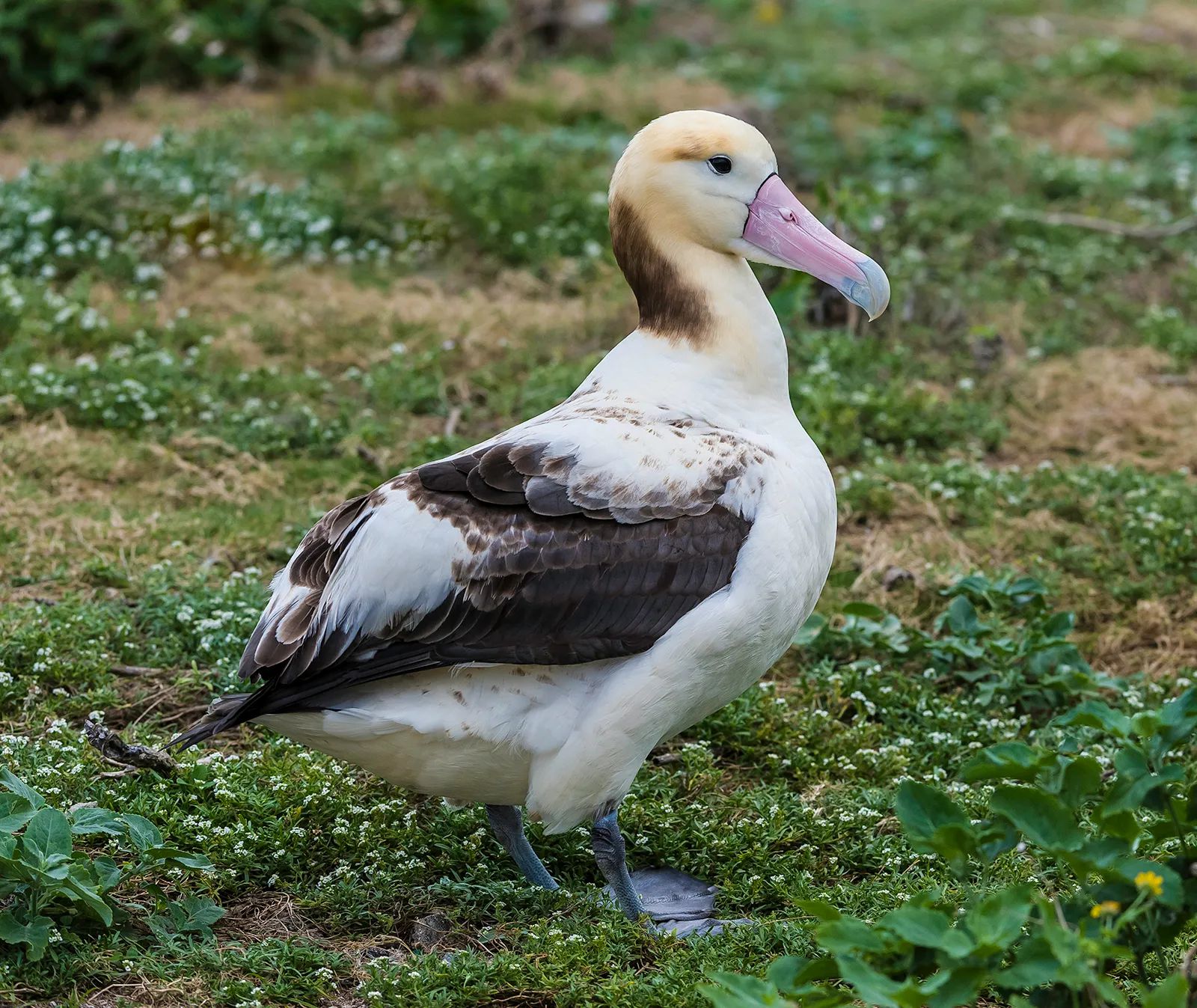
Once the chicks fledge and take their first flight, they spend several years at sea, honing their flying and foraging skills. It is during this period that the young birds face various challenges, including encounters with marine pollution and longline fishing activities that pose threats to their survival.
Conservation efforts for the Short-tailed Albatross have focused on habitat protection, reduction of bycatch in fisheries, and public awareness campaigns. The species is now legally protected in Japan, the United States, and other countries within its range. International cooperation and conservation organizations play a vital role in monitoring and safeguarding the population, ensuring its long-term survival.
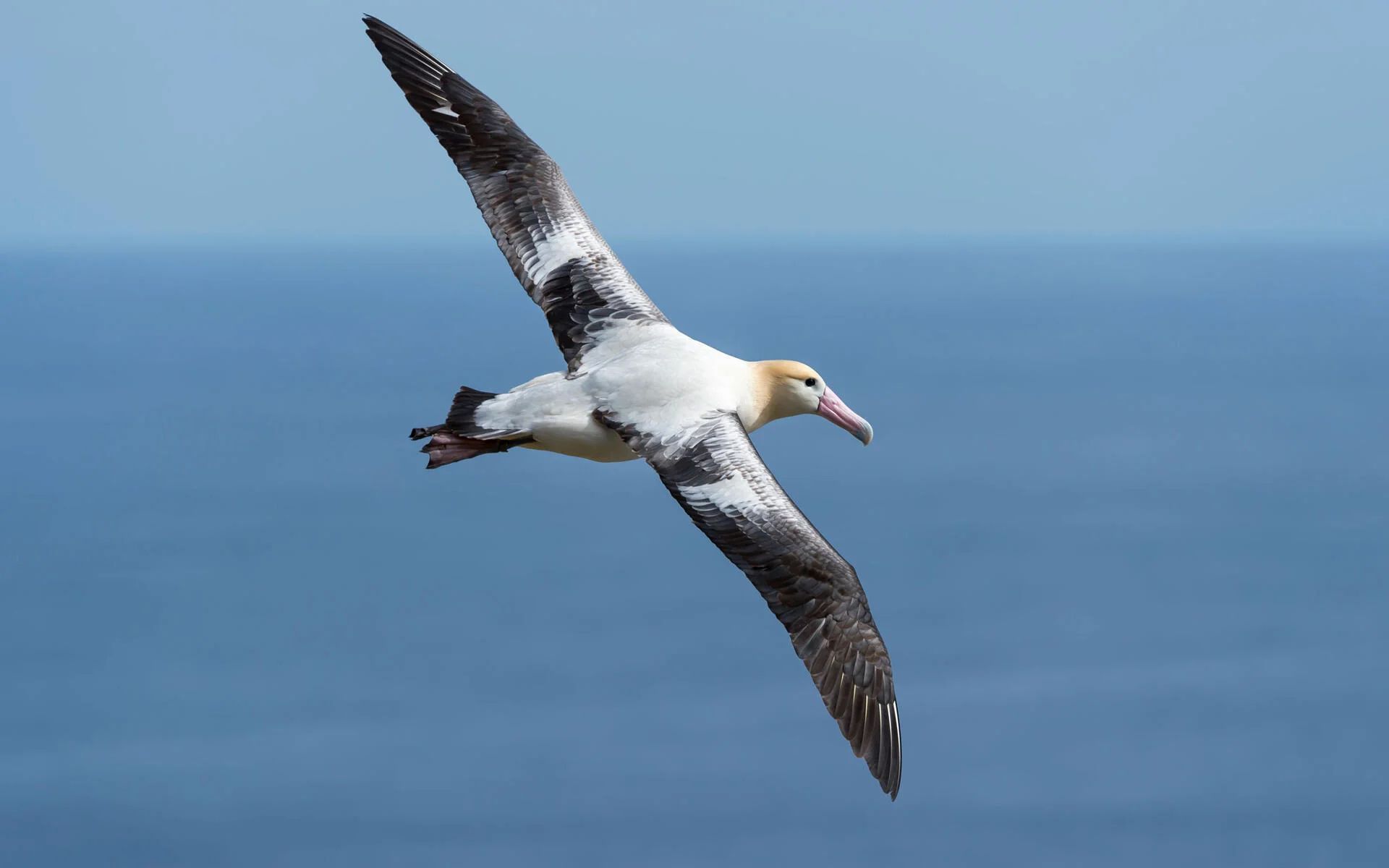
The recovery of the Short-tailed Albatross population is a testament to the power of conservation and the resilience of nature. Through concerted efforts, this majestic seabird has been given a chance to thrive once again. The story of the Short-tailed Albatross serves as a reminder of the importance of preserving and protecting our planet’s biodiversity, as every species has a unique role to play in maintaining the delicate balance of our ecosystems.
As we continue to learn more about the Short-tailed Albatross and its extraordinary journey, let us appreciate the beauty and resilience of this magnificent seabird. Its tale inspires us to take action and ensure the conservation of not just this species but also the habitats and ecosystems on which all living beings depend.



